

Tableware
How To Store Glassware In Cabinets
Modified: February 26, 2024
Discover the best way to store your delicate tableware in cabinets with our helpful guide. Keep your glassware safe and organized with these expert tips.
(Many of the links in this article redirect to a specific reviewed product. Your purchase of these products through affiliate links helps to generate commission for Storables.com, at no extra cost. Learn more)
Introduction
Glassware is not only functional but also adds beauty and elegance to any table setting. Whether you have a collection of antique crystal stemware or everyday drinking glasses, proper storage is essential to ensure their longevity. Storing glassware in cabinets requires careful planning and organization to prevent breakage and maintain the pristine condition of your valuable pieces.
In this article, we will explore the best practices for storing glassware in cabinets. We will cover safety precautions, cleaning and clearing the cabinet, choosing the right shelf, glassware organization tips, storing fragile glassware, utilizing drawer inserts or dividers, stackable storage solutions, labeling and inventory, and properly wrapping glassware for storage.
By following these guidelines, you can keep your glassware safe, easily accessible, and ready for any celebratory occasion.
Key Takeaways:
- Properly storing glassware in cabinets requires careful planning and organization to prevent breakage and maintain the pristine condition of valuable pieces. Safety precautions, proper cleaning, and choosing the right shelf are essential for longevity.
- Utilizing stackable storage solutions and implementing labeling and inventory systems can greatly enhance the organization and accessibility of glassware collections. Properly wrapping glassware for storage ensures their safekeeping and preservation for future use.
Read more: How To Store Glassware In Cabinets
Safety Precautions
Before you begin storing glassware in cabinets, it’s important to take the necessary safety precautions to prevent accidents and breakage. Here are some tips to keep in mind:
- Handle glassware with care: Glassware is delicate and can easily break if mishandled. Always hold glassware by the base or stem to avoid putting pressure on the delicate rim.
- Avoid overcrowding: Overcrowding your cabinets with too many glasses can increase the risk of breakage. Leave enough space between each glass so they don’t knock against each other or become cramped.
- Secure cabinets: Make sure your cabinets are properly secured to prevent them from accidentally opening or tipping over. This will help minimize the chances of glassware falling and breaking.
- Use non-slip liners: Consider using non-slip liners on the shelves of your cabinets to provide an extra layer of protection and stability. These liners will help prevent glassware from sliding or shifting around.
- Avoid extreme temperature changes: Glass can be sensitive to extreme temperature changes. Avoid storing glassware near sources of heat or cold, such as ovens or refrigerators, as it can cause the glass to expand or contract and potentially lead to breakage.
- Keep cabinets clean: Regularly clean your cabinets to remove any dust or debris that may accumulate on the shelves. This will help maintain the cleanliness of your glassware and prevent any potential damage.
- Store hazardous items separately: If you store other hazardous or sharp items in the same cabinet as your glassware, make sure they are properly secured and separated. This will prevent accidental contact and reduce the risk of breakage.
By following these safety precautions, you can significantly reduce the risk of damage to your glassware and ensure a safe storage environment for your valuable pieces.
Clearing and Cleaning the Cabinet
Before you begin storing your glassware in cabinets, it’s important to clear out the cabinet and give it a deep cleaning. Here are the steps to follow:
- Remove all contents: Start by removing all items from the cabinet, including any existing glassware or other items stored inside. This will allow you to thoroughly clean and organize the cabinet.
- Wipe down the surfaces: Use a soft, damp cloth or sponge to wipe down the interior surfaces of the cabinet. Remove any dust, dirt, or residue that may have accumulated over time.
- Use a gentle cleaner: If needed, use a mild detergent or glass cleaner to remove any stains or sticky residue. Make sure to follow the instructions on the cleaning product and avoid using abrasive cleaners that can damage the cabinet’s finish.
- Dry thoroughly: After cleaning, make sure to dry the cabinet thoroughly to prevent any moisture or dampness that could potentially damage your glassware.
Once the cabinet is clean and dry, you can move on to the next step of organizing and storing your glassware. Having a clean and clutter-free cabinet will create a safe and visually appealing storage space for your valuable glassware collection.
Choosing the Right Shelf
When it comes to storing glassware in cabinets, choosing the right shelf is crucial to ensure the safety and accessibility of your items. Here are some factors to consider:
- Height of the shelves: Adjust the height of the shelves to accommodate the various sizes and heights of your glassware. Keep in mind that taller items, such as wine glasses or stemmed glasses, may require more vertical space.
- Sturdy support: Make sure the shelves are sturdy enough to hold the weight of your glassware. Avoid using flimsy or weak shelves that could potentially collapse or bend under the weight. If necessary, reinforce the shelves with additional supports or brackets.
- Accessible location: Consider placing the most frequently used glassware on shelves that are easy to reach. This will allow for convenient access without having to strain or risk dropping other items.
- Avoid direct sunlight: If possible, choose shelves that are not directly exposed to sunlight. Prolonged exposure to sunlight can cause glassware to fade or become discolored over time.
- Avoid high-moisture areas: Avoid placing glassware on shelves in areas of high moisture or humidity, such as near the sink or dishwasher. Moisture can lead to mold or damage the glassware in the long run.
By carefully selecting the right shelves for your glassware, you can optimize the storage space and ensure the longevity of your valued collection. Remember to regularly inspect the shelves to make sure they are in good condition and able to support the weight of your glassware.
Glassware Organization Tips
Proper organization is essential when storing glassware in cabinets. Here are some helpful tips to keep your glassware organized and easily accessible:
- Group by type: Arrange your glassware by type. Keep similar glasses together, such as wine glasses, champagne flutes, tumblers, and so on. This will make it easier to locate the specific type of glass you need.
- Separate everyday and special occasion glassware: If you have both everyday and special occasion glassware, consider keeping them on different shelves. This way, you can access your everyday glassware more easily while keeping your special occasion pieces protected and reserved for specific events.
- Utilize vertical space: If your cabinet has enough vertical space, consider investing in shelf risers or stackable storage solutions. These allow you to maximize the available space and stack glasses safely on top of each other without the risk of them tipping or breaking.
- Consider using drawer inserts or dividers: Drawer inserts or dividers can be handy for storing smaller glassware items like shot glasses or small dessert glasses. They help keep these items separated and organized, making it easier to find and access them.
- Label shelves or use color-coded tags: To further enhance organization, consider labeling the shelves or using color-coded tags to identify the different types of glassware. This will make it quick and effortless to locate the specific glass you need.
- Create a dedicated glassware section: If you have a large collection of glassware, designate a specific section of the cabinet solely for glassware storage. This will prevent other items from encroaching on the glassware space and help maintain a neat and organized display.
- Arrange by frequency of use: Place the glassware you use most frequently within easy reach and at eye level. Less frequently used items can be stored on higher or lower shelves, depending on your reach and accessibility.
By following these organization tips, you can make the most of your cabinet space, ensure your glassware remains protected, and easily find the perfect glass for any occasion with minimal effort.
Read more: How To Store Glassware
Arranging Glassware by Type
When storing glassware in cabinets, organizing them by type is a practical and efficient way to keep your collection properly stored and easily accessible. Here are some tips for arranging glassware by type:
- Categorize by function: Start by categorizing your glassware based on its function. Separate glasses into groups such as wine glasses, champagne flutes, water glasses, cocktail glasses, and so on.
- Consider size and shape: Within each category, arrange the glassware by size and shape. Place taller and more delicate glasses, such as wine glasses or champagne flutes, towards the top of the cabinet to prevent them from getting damaged.
- Use dividers or adjustable shelves: To keep different types of glassware separated and organized, consider utilizing dividers or adjustable shelves within the cabinet. This will help prevent glasses from bumping into each other and reduce the risk of breakage.
- Stack similar items: If you have multiple glasses of the same type, consider stacking them together but be sure to use protective padding between each glass to prevent scratching or chipping.
- Keep glassware of the same set together: If you have a matching set of glassware, keep them grouped together. This will not only make it easier to find a complete set but also create an aesthetically pleasing display.
- Consider frequency of use: Place the glassware you use most often within easy reach and at eye level. Reserve the higher or lower shelves for glassware that you use less frequently. This will help you access the glassware you need quickly and efficiently.
By arranging your glassware by type, you’ll create a visually pleasing and organized cabinet that makes it effortless to locate the specific glass you need for any occasion. It also helps preserve the integrity of your glassware by preventing unnecessary movement and potential damage.
When storing glassware in cabinets, it’s important to use shelf liners to prevent slipping and breakage. Additionally, consider using adjustable shelves to accommodate different sizes and shapes of glassware.
Storing Fragile Glassware
When it comes to storing fragile glassware, extra care and attention are necessary to prevent breakage and damage. Here are some tips for storing fragile glassware safely:
- Wrap individually: Wrap each fragile glassware item individually using soft, acid-free tissue paper or bubble wrap. This provides a protective cushion and prevents glass-on-glass contact, reducing the risk of chips or cracks.
- Use dividers or compartments: Consider using dividers or compartments within the cabinet to separate each individually wrapped glassware item. This will provide added stability and prevent them from shifting or colliding with each other.
- Place in an upright position: Store fragile glassware in an upright position to minimize any pressure on the delicate rims. This is especially important for stemware and delicate glasses, as it helps maintain their proper shape and integrity.
- Avoid overcrowding: Do not overcrowd the space or stack fragile glassware too close to each other. Leave enough room to prevent any accidental knocks or movements that may cause breakage.
- Utilize glassware inserts: Consider investing in glassware inserts or racks that are specifically designed to secure fragile glassware. These inserts provide individual compartments and additional support, ensuring that each glass stays in place.
- Choose a dedicated shelf: Reserve a specific shelf or section of the cabinet solely for storing fragile glassware. This will reduce the risk of other heavier items accidentally falling or causing damage to the delicate glassware.
- Keep away from high-traffic areas: Avoid placing fragile glassware in cabinets near high-traffic areas or where it may be easily bumped or knocked over. Opt for a location that is less prone to accidental contact.
- Handle with care: When retrieving or moving fragile glassware, handle it with extreme care. Use both hands to support the item, being mindful of its fragility and delicacy.
By following these precautions and guidelines, you can ensure the safe storage of your fragile glassware and preserve their beauty for years to come. Taking the time to store them properly will help protect these valuable pieces and allow you to enjoy them for future special occasions.
Utilizing Drawer Inserts or Dividers
When it comes to storing glassware in cabinets, drawer inserts or dividers can be invaluable tools to keep your items organized and protected. Here’s how you can make the most of these storage solutions:
- Create separate compartments: Use drawer inserts or dividers to create separate compartments for different types of glassware. This will help prevent them from knocking into each other and reduce the risk of breakage.
- Opt for adjustable dividers: Look for dividers that have an adjustable feature. This allows you to customize the size of each compartment based on your specific glassware collection.
- Consider cushioned dividers: Choose dividers or inserts that have a cushioned lining or padding. This provides an extra layer of protection and prevents the glassware from scratching or chipping against the dividers.
- Arrange by size: Arrange your glassware within the compartments by size. Place taller glasses towards the back and shorter glasses towards the front for easy visibility and access.
- Separate stems from bases: If you have stemware or delicate glasses, consider using dividers that have separate compartments for the stems and bases. This prevents them from intertwining and minimizes the risk of damage.
- Label the compartments: Label the compartments or use color-coded tags to identify the different types of glasses in each section. This makes it easier to locate the specific glass you need, especially for large collections or when hosting guests.
- Utilize deep drawers: If your cabinet has deep drawers, maximize the space by using taller dividers to create multiple layers. This allows you to effectively utilize the vertical space and store more glassware without compromising on organization.
- Consider multi-purpose dividers: Look for dividers or inserts that can be used for multiple purposes. Some dividers have compartments for glassware on one side and slots for utensils or serving tools on the other side, providing versatile storage options.
Drawer inserts and dividers offer a practical and efficient way to store glassware. By using these tools effectively, you can create a well-organized and visually appealing storage solution that keeps your glassware safe and easily accessible.
Stackable Storage Solutions
When it comes to maximizing cabinet space and organizing your glassware, stackable storage solutions can be incredibly useful. Here are some tips on how to make the most of these space-saving options:
- Choose stackable organizers: Look for stackable storage organizers specifically designed for glassware. These organizers usually have interlocking or nesting features to securely stack the items.
- Opt for modular systems: Consider using a modular storage system that allows you to mix and match different-sized containers and trays. This way, you can customize the configuration to fit your specific glassware collection.
- Start with larger, flat pieces: Begin by placing larger, flat pieces as the base of your stackable system. These can include platters, serving trays, or larger plates.
- Add stackable dividers: Insert stackable dividers or racks to create smaller compartments within the larger storage area. This helps keep glasses separate and prevents them from knocking into each other.
- Use protective padding: If stacking delicate glassware, consider adding a layer of protective padding, like cork or foam, between each glass to prevent scratching or chipping.
- Stack similar items together: Stack glasses of the same type or size together. For example, stack wine glasses on one stack and tumblers on another. This makes it easier to find the specific glassware you need.
- Avoid stacking too high: Be mindful of the height when stacking glassware. Avoid stacking too many glasses on top of each other, as it can increase the risk of them toppling over or becoming unstable.
- Consider clear containers: Opt for transparent containers or bins, allowing you to easily see and identify the glassware even when stacked. Clear containers also create a neat and visually appealing display.
- Label or color-code: If you have multiple stackable containers, label or color-code them to indicate the type of glassware stored inside. This helps you quickly locate specific glasses without having to unstack and search through each container.
- Stack in a secure and stable location: Ensure that the cabinet or shelf where you’re stacking the glassware is sturdy and secure. Avoid placing them near high-traffic areas or where they may easily be jostled or knocked over.
By utilizing stackable storage solutions, you can efficiently utilize your cabinet space while keeping your glassware organized and easily accessible. These solutions are particularly beneficial for those with limited cabinet space or extensive glassware collections.
Read more: How To Store Glassware In Boxes
Labeling and Inventory
Labeling and maintaining an inventory of your glassware collection can greatly enhance the organization and accessibility of your cabinets. Here’s how you can implement effective labeling and inventory systems:
- Label shelves or sections: Use adhesive labels or tags to identify each shelf or section within your cabinet. This makes it easy to locate specific types of glassware and helps maintain the organization of your collection.
- Label containers or bins: If you use storage containers or bins for your glassware, label them accordingly. Include information such as the type of glassware or the occasion for which they are used. This eliminates the need to open each container when searching for a particular glass.
- Implement a numbering system: Assign a unique number to each piece of glassware and create an inventory sheet or spreadsheet. This allows you to keep track of your collection, note any specific details, and quickly locate items when needed.
- Include descriptive details: In your inventory, include descriptive details for each piece of glassware, such as shape, color, pattern, or any distinguishing features. This helps you easily identify and match glasses when setting the table or serving guests.
- Update the inventory regularly: Be diligent in updating and maintaining your inventory. Add new pieces, remove any broken or discarded glassware, and make note of any changes or updates to your collection.
- Consider digital inventory tools: If you prefer a digital solution, there are various inventory management apps or software available that allow you to create and maintain an electronic inventory of your glassware collection. These tools often have search and sorting features that make it quick and easy to find specific pieces.
- Group by occasion or theme: Organize your glassware inventory based on occasions or themes, such as everyday use, holidays, or special events. This can be helpful when planning and preparing for specific gatherings.
- Regularly review and rearrange: Periodically review your glassware collection and rearrange based on frequency of use or personal preference. This ensures that the most frequently used and cherished pieces are easily accessible.
Labeling and maintaining an inventory of your glassware collection not only streamlines organization but also helps you keep track of your collection and make informed decisions when adding new pieces. It allows you to quickly locate the desired glassware, reducing the time and effort spent searching through your cabinets.
Properly Wrapping Glassware for Storage
When it comes to storing glassware, proper wrapping is essential to protect your delicate items from damage. Here are some tips on how to properly wrap glassware for safe storage:
- Use soft, acid-free tissue paper or bubble wrap: Start by using soft, acid-free tissue paper or bubble wrap to wrap each individual glass. This provides a cushioning layer that helps protect the glass from scratches, chips, and breakage.
- Wrap stemware separately: For stemware, wrap the bowl and the stem separately. This helps protect the delicate stem and prevents it from bending or breaking during storage.
- Pack glasses snugly: Ensure that the glass is packed snugly in the wrapping material to minimize movement and prevent it from shifting within the packaging.
- Avoid using newspaper or colored paper: It’s best to avoid using newspaper or colored paper for wrapping glassware, as the ink or dyes can transfer onto the glass and leave stains that are difficult to remove.
- Secure with tape or rubber bands: Once the glass is wrapped, secure the wrapping material with tape or rubber bands to keep it in place and prevent unwrapping during transport or storage.
- Layer glasses in storage containers: If using storage containers, place layers of wrapped glasses inside, ensuring that they are not overcrowded. Add a layer of protective padding, such as a towel or foam, between each layer to provide additional cushioning.
- Consider using specialty glassware storage containers: Specialty glassware storage containers are specifically designed with compartments and dividers to securely hold each glass in place. These containers provide maximum protection and organization.
- Store upright, if possible: Whenever possible, store glassware in an upright position. This helps maintain the proper shape and balance of the glasses, reducing the risk of damage to the delicate rims and stems.
- Avoid stacking too high: If stacking glassware, be mindful not to stack too many items on top of each other. Overstacking can increase the risk of breakage and put excessive pressure on the lower glasses.
- Store in a cool, dry place: Choose a storage area that is cool, dry, and away from direct sunlight. Extreme temperatures and humidity can lead to damage and deterioration of the glassware.
Remember to handle the wrapped glassware with care when moving or storing them. Take your time to properly pack and arrange your glassware to ensure their safety and preservation. With proper wrapping, you can confidently store your glassware, knowing that they will remain in excellent condition until their next use.
Conclusion
Properly storing glassware in cabinets is essential to ensure their longevity and keep them readily available for any occasion. By implementing the right storage techniques, you can protect your valuable glassware and maintain their beauty and functionality.
Start by taking necessary safety precautions to prevent breakage and accidents. Clear and clean the cabinets thoroughly before organizing your glassware. Choose the right shelf and utilize drawer inserts or dividers to create separate compartments. Arrange the glassware by type, keeping fragile items specially protected.
Utilize stackable storage solutions to maximize space and consider labeling or inventory systems to easily locate specific pieces. Finally, wrap each glassware item individually in soft tissue paper or bubble wrap to ensure their safekeeping during storage.
By following these guidelines, you can create a well-organized and visually appealing cabinet space that not only showcases your glassware collection but also protects it from damage. Your glassware will be readily accessible for any occasion, from everyday use to special celebrations.
Remember that proper handling and care are important when retrieving or moving glassware in and out of storage. Take your time, handle each piece with care, and always remember that prevention and attention to detail are the keys to preserving the beauty and elegance of your glassware for years to come.
With a combination of proper storage techniques and a little extra effort, you can enjoy your glassware collection and create unforgettable moments with family and friends, all while maintaining the pristine condition of your cherished pieces.
Frequently Asked Questions about How To Store Glassware In Cabinets
Was this page helpful?
At Storables.com, we guarantee accurate and reliable information. Our content, validated by Expert Board Contributors, is crafted following stringent Editorial Policies. We're committed to providing you with well-researched, expert-backed insights for all your informational needs.
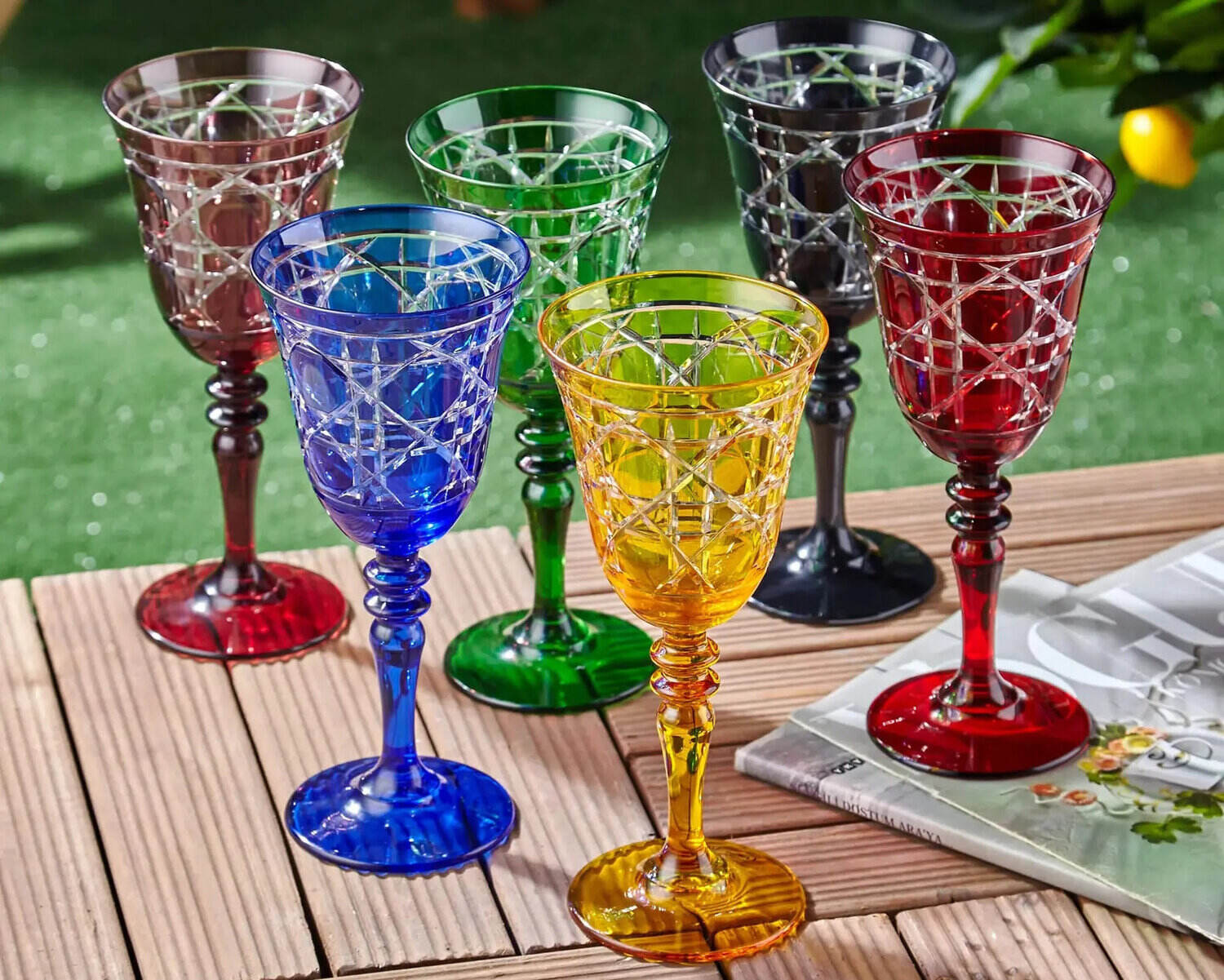
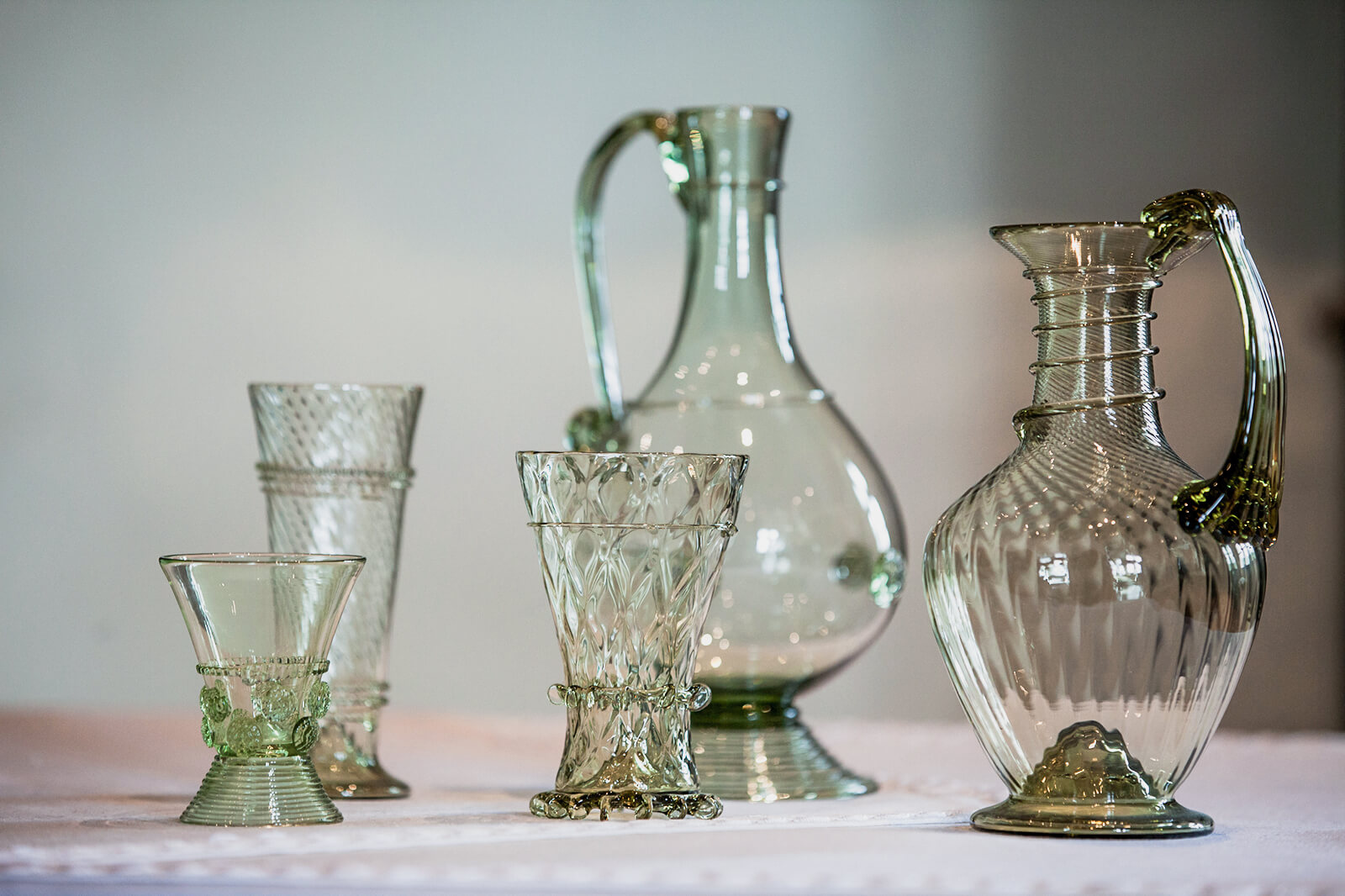

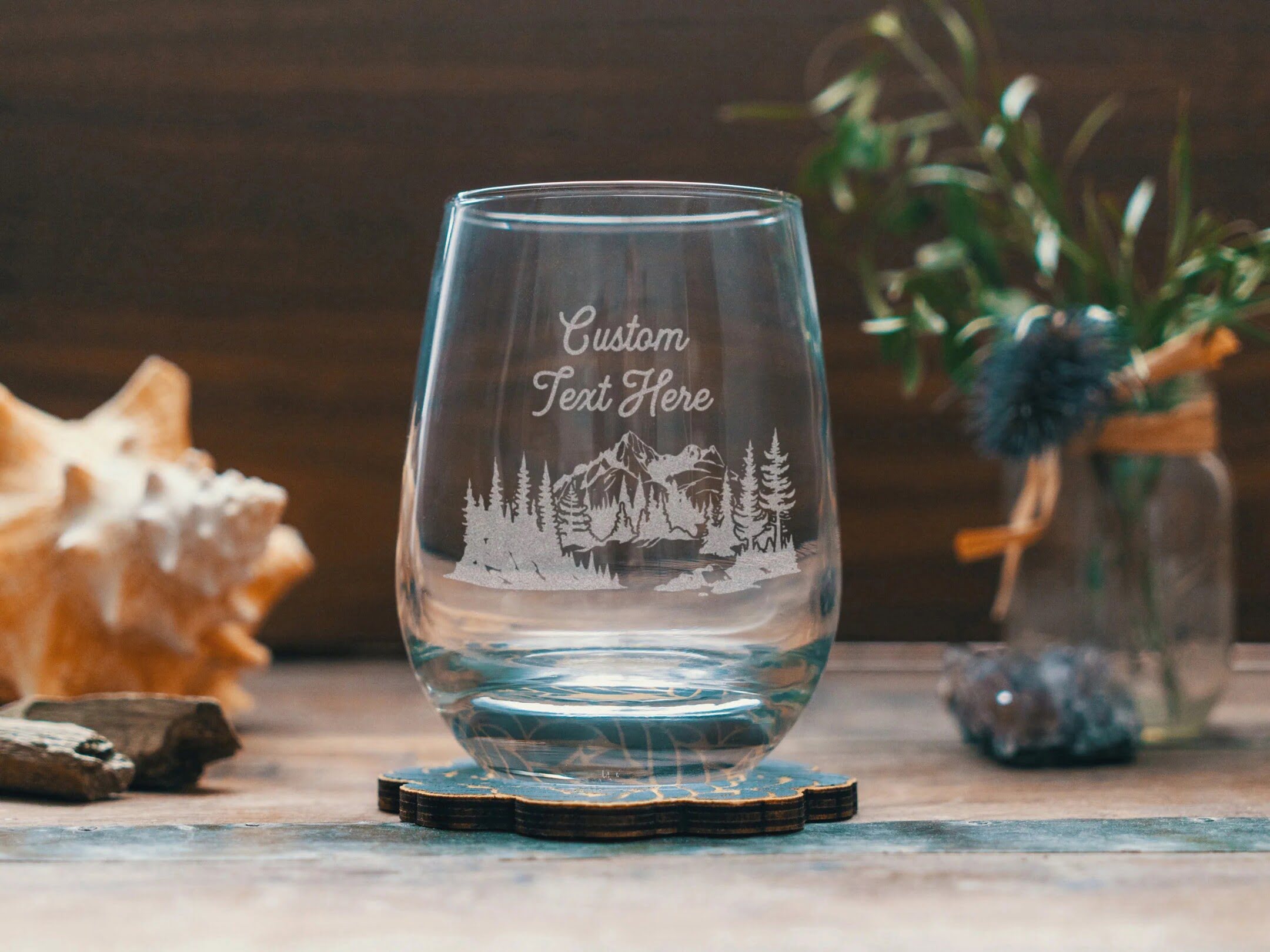
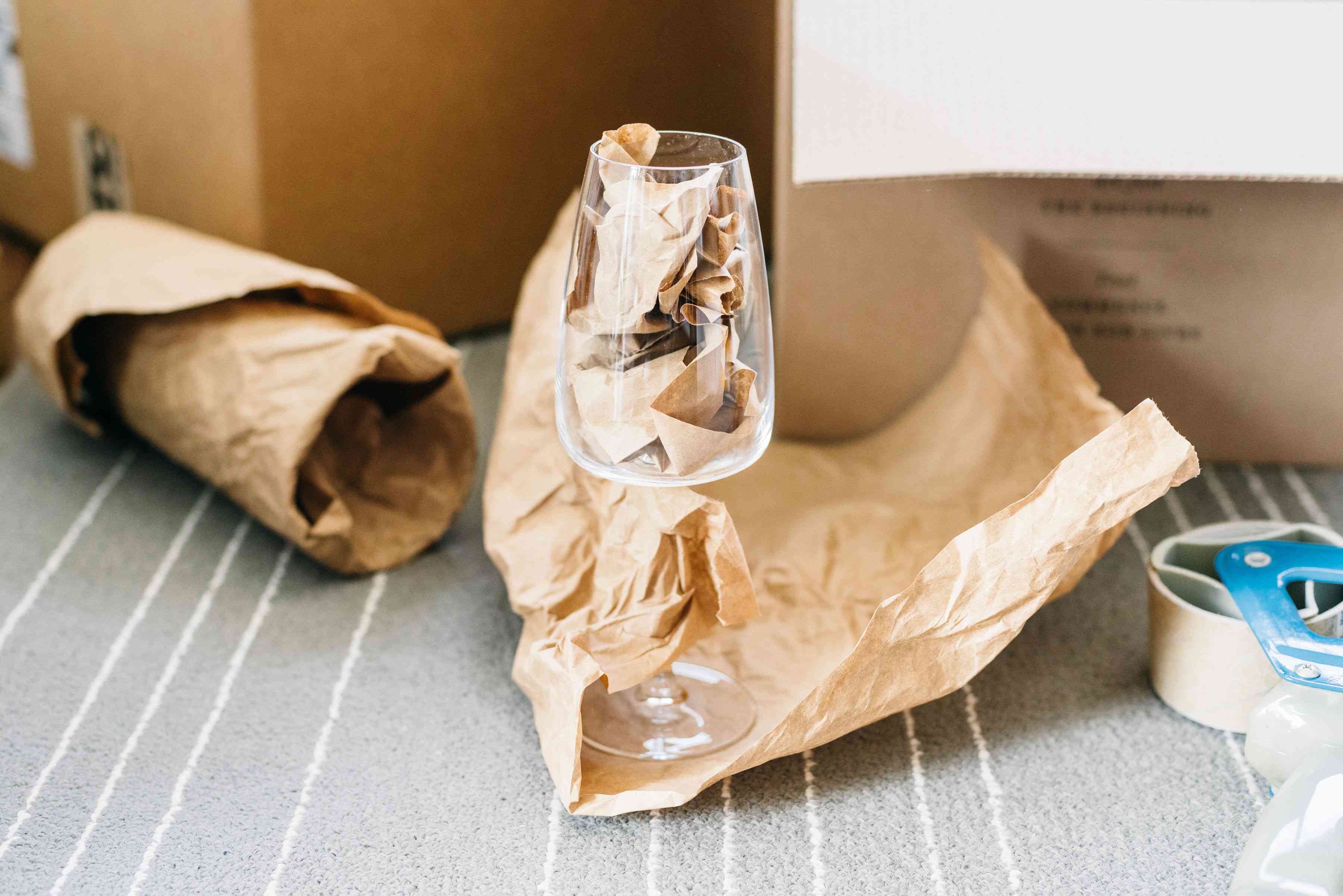
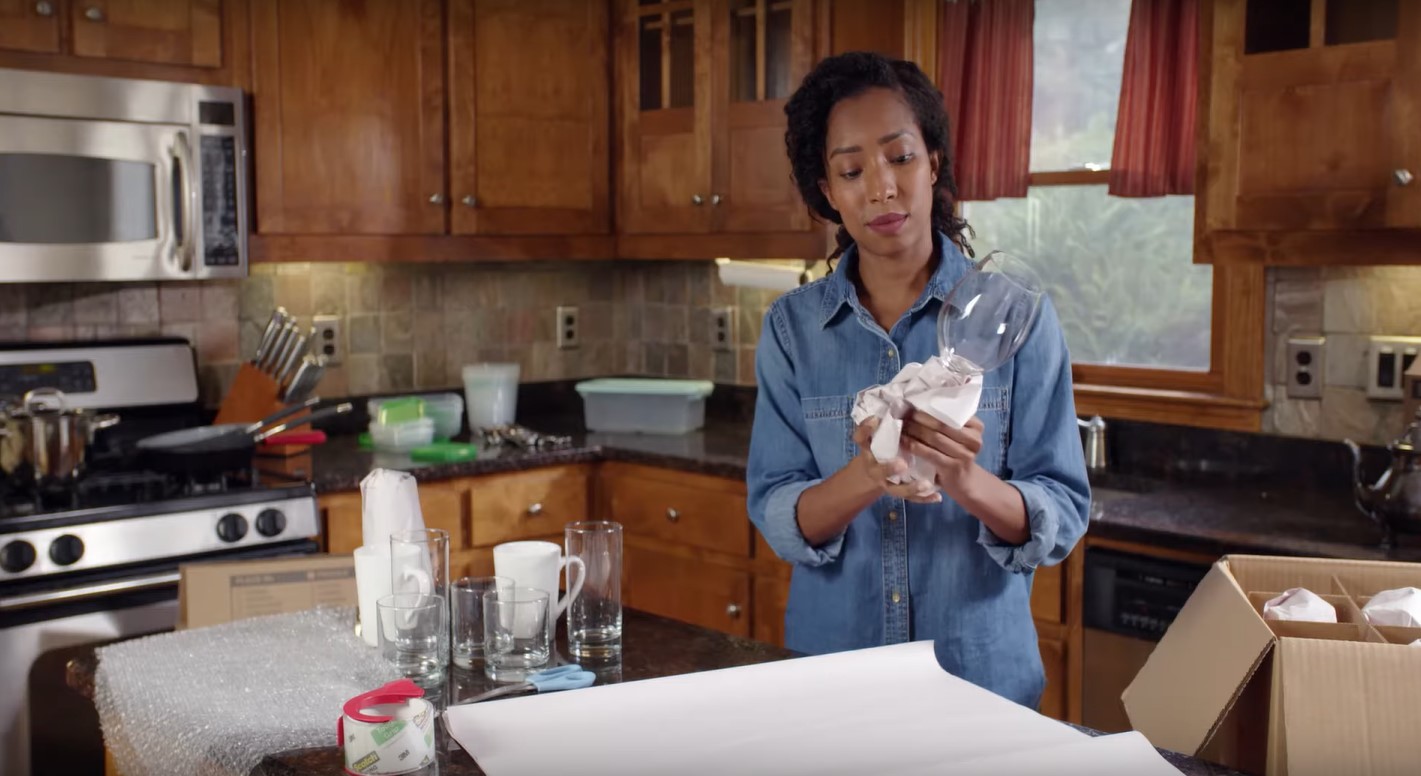
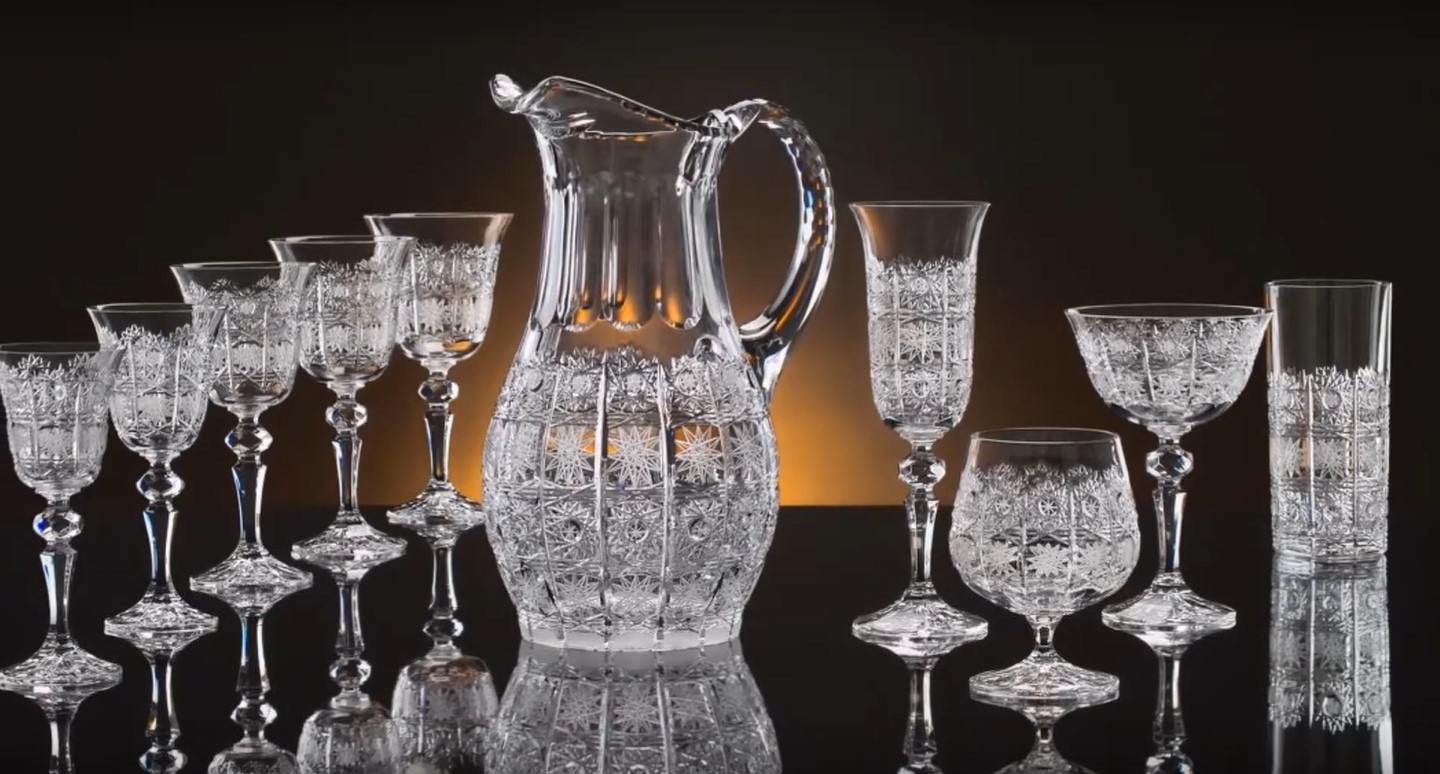
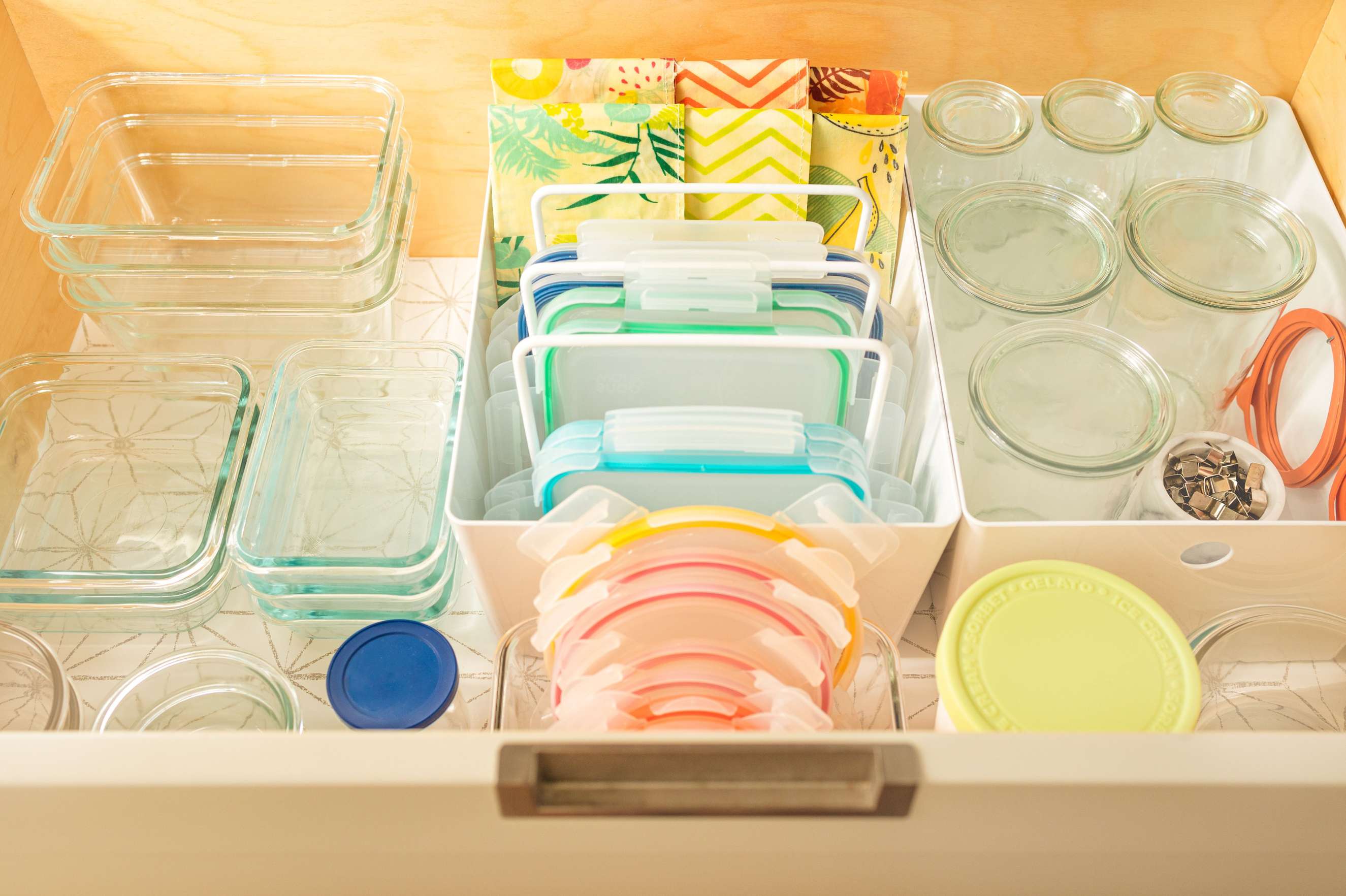
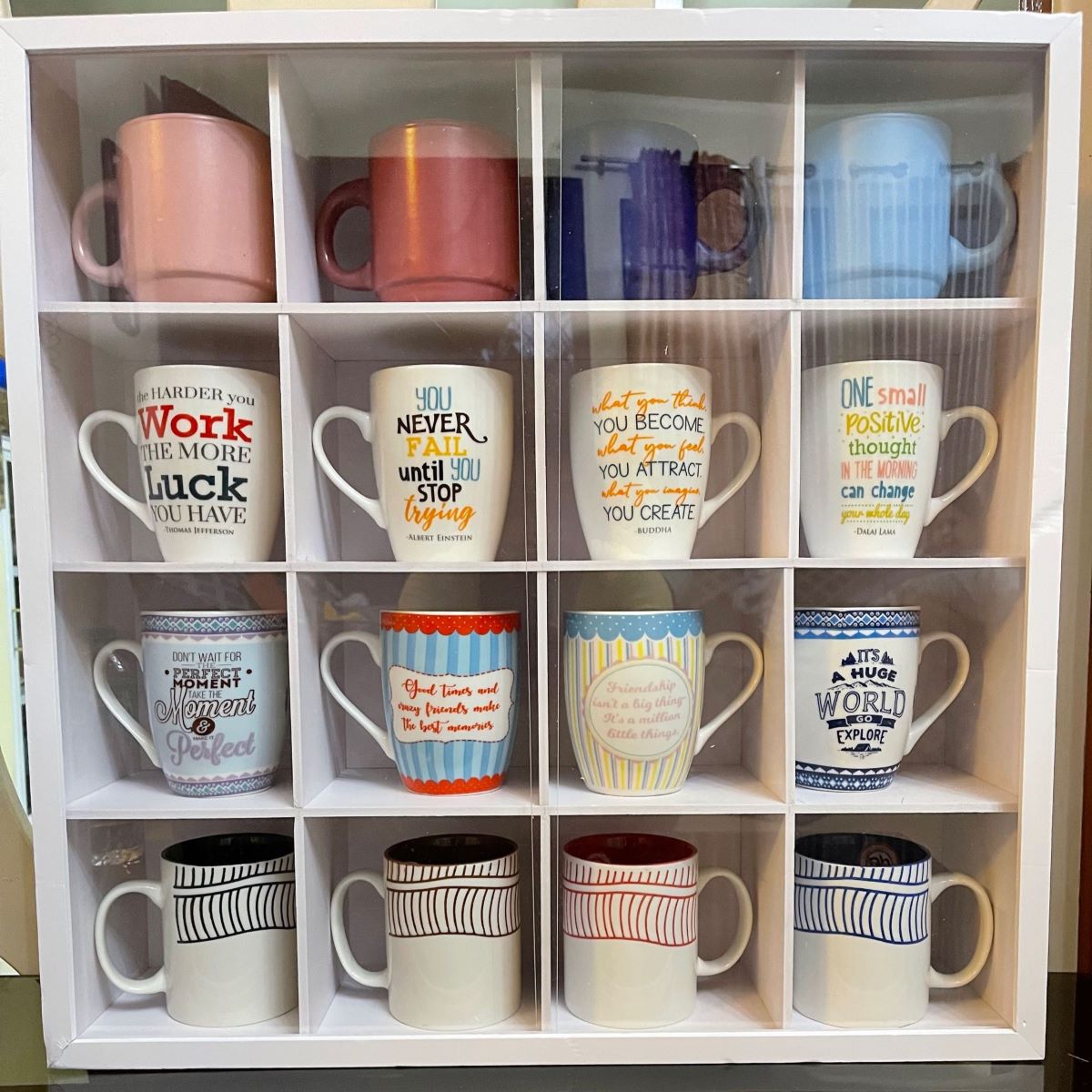
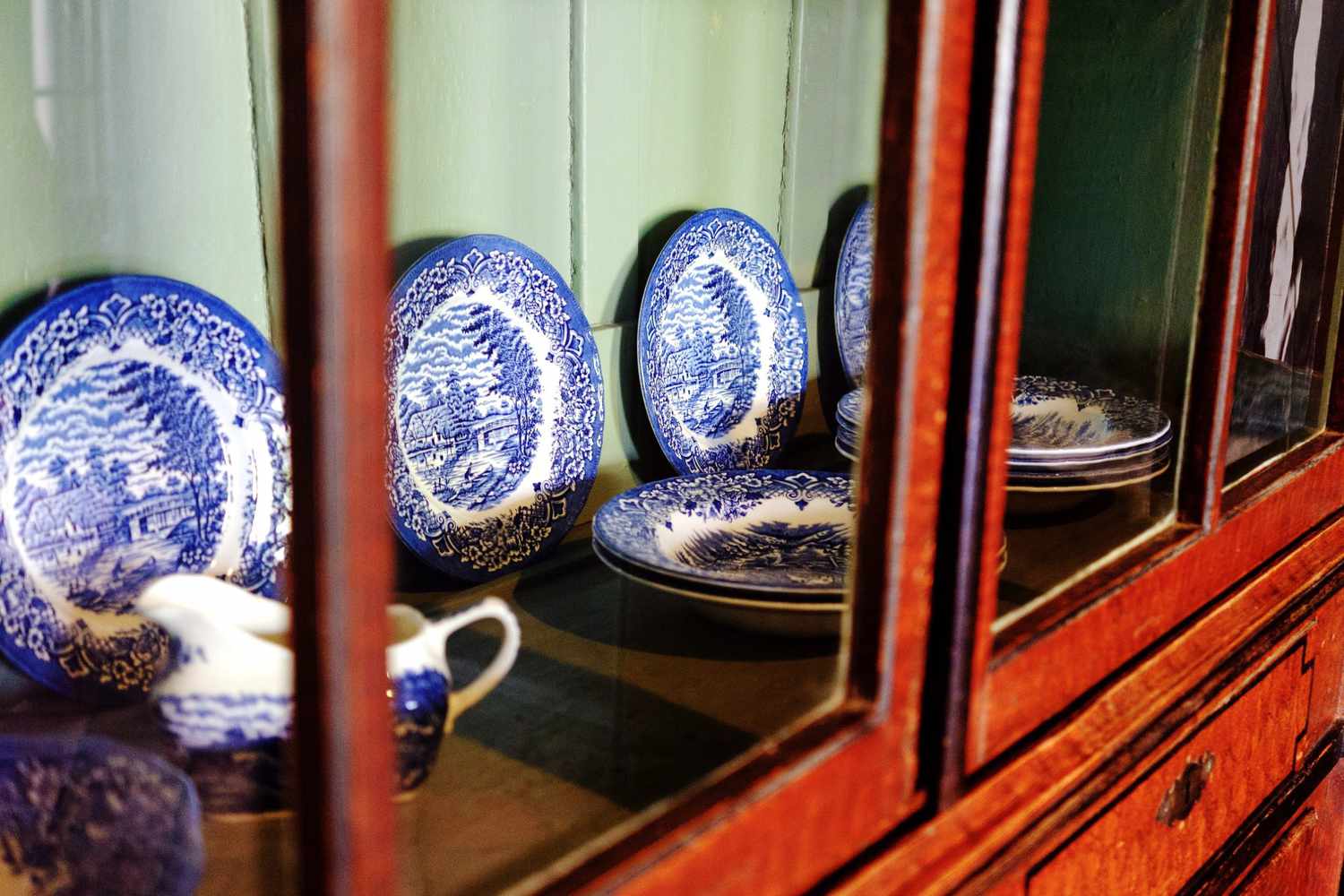
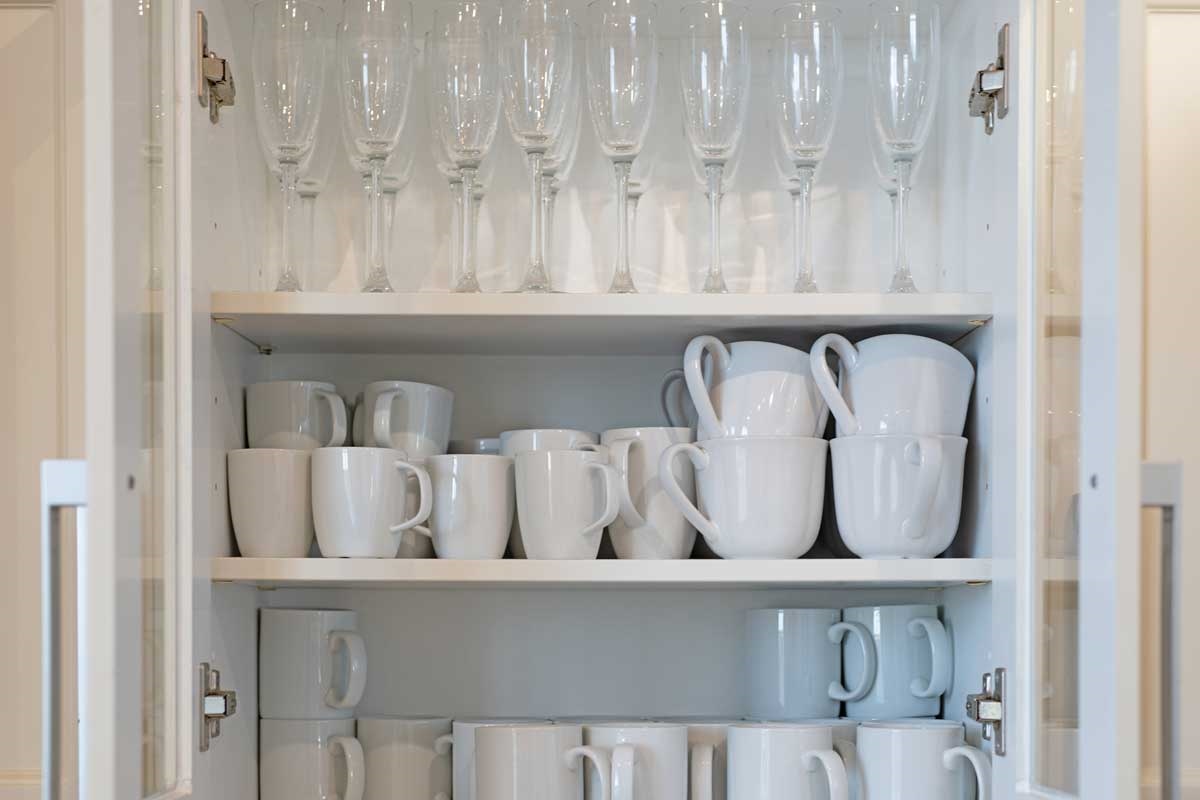
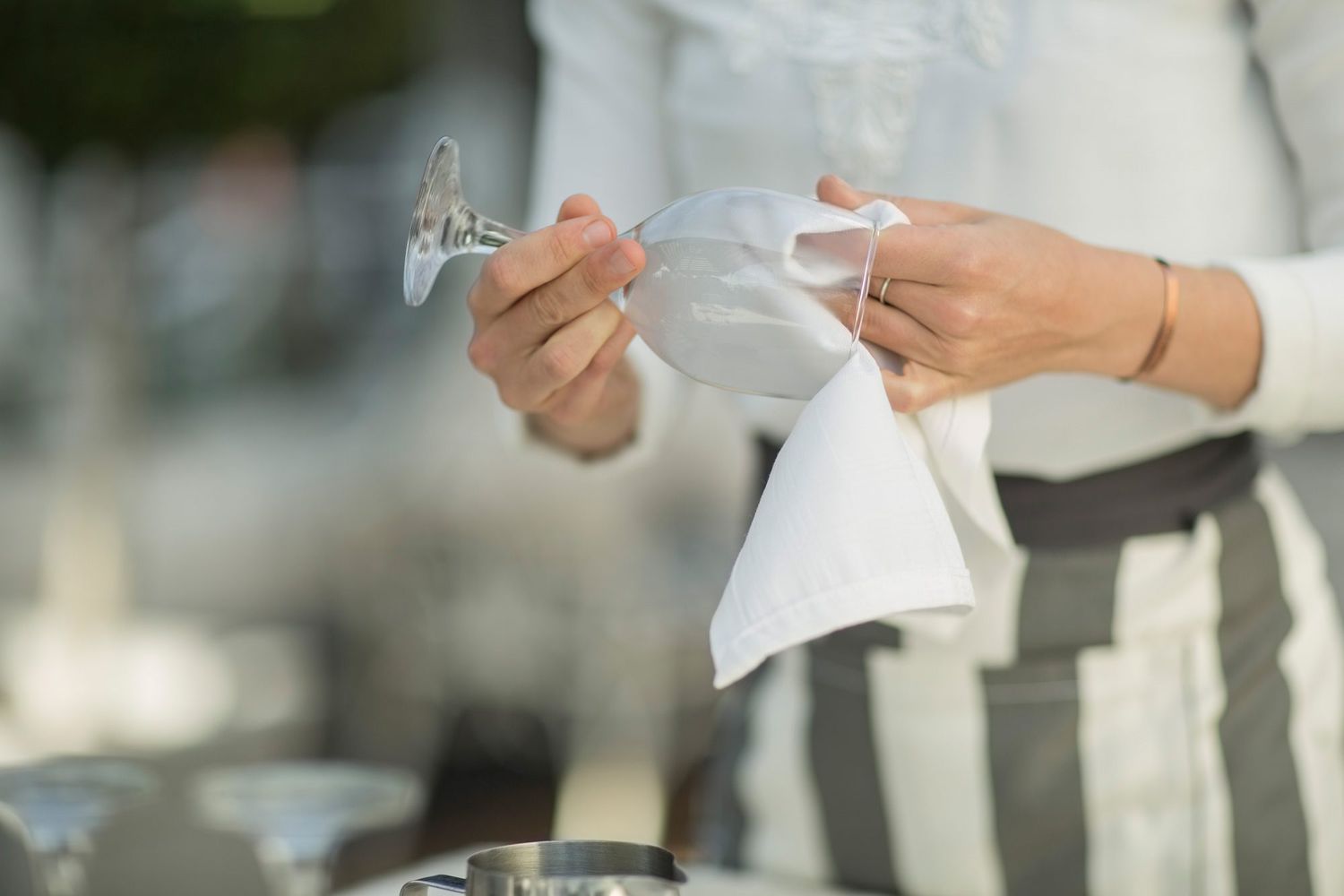
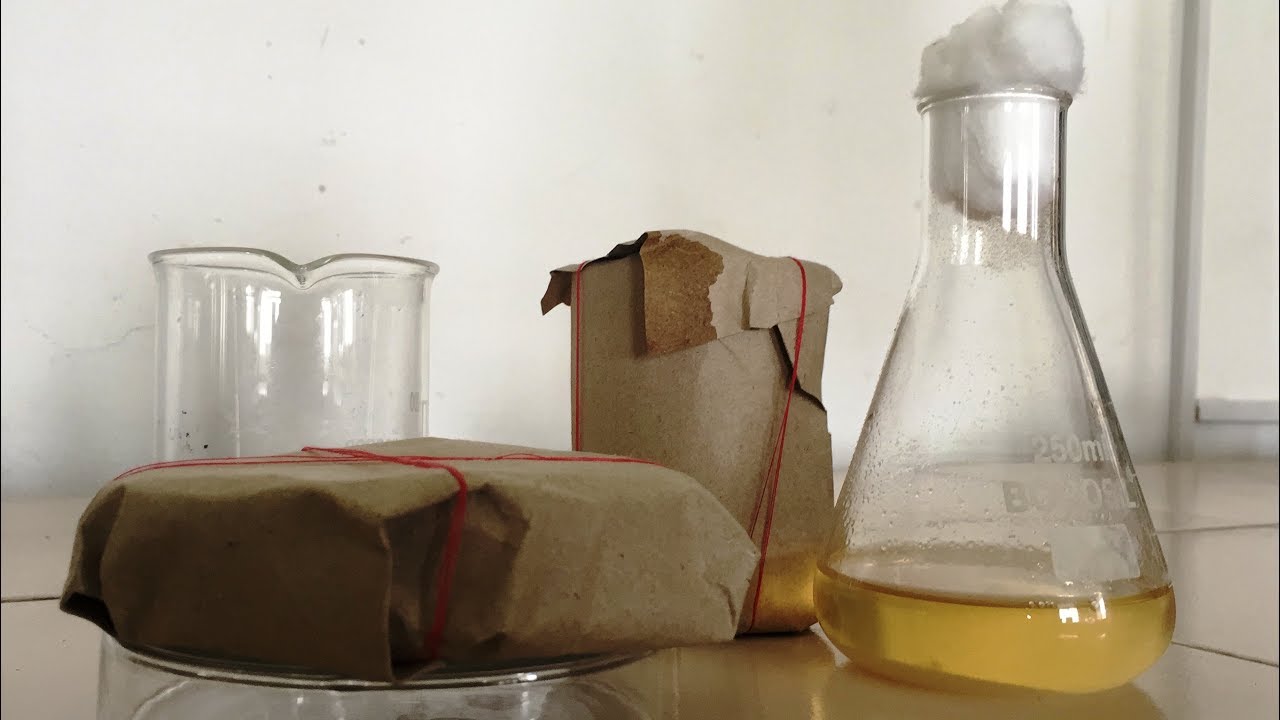

0 thoughts on “How To Store Glassware In Cabinets”